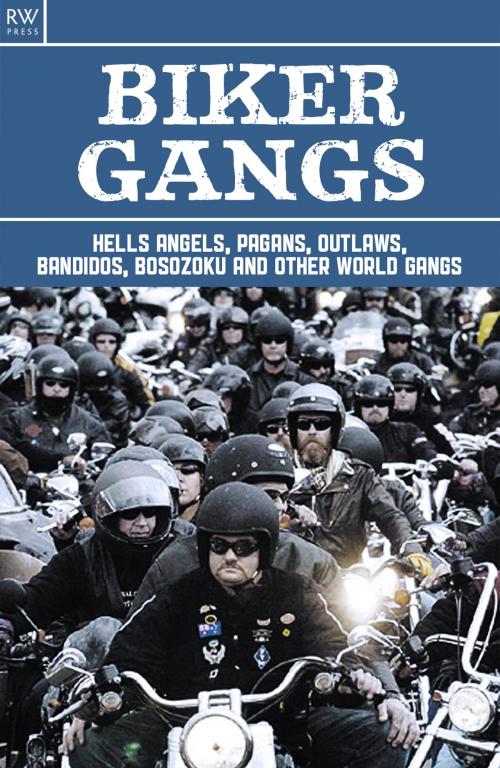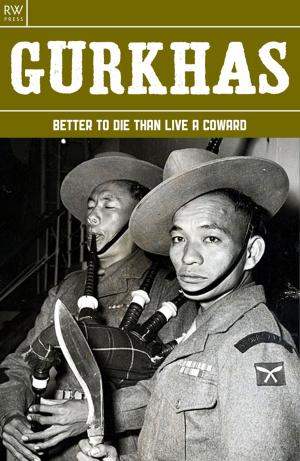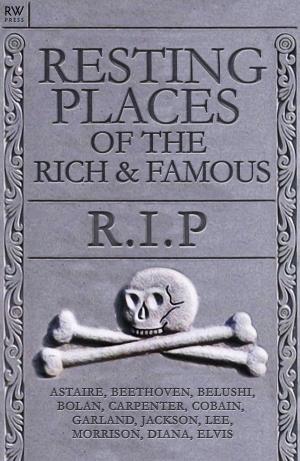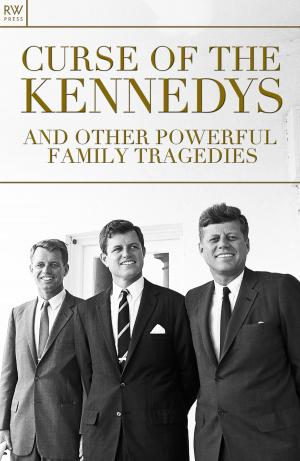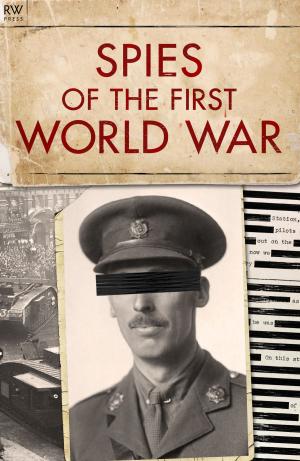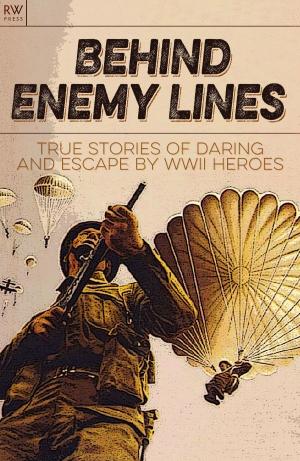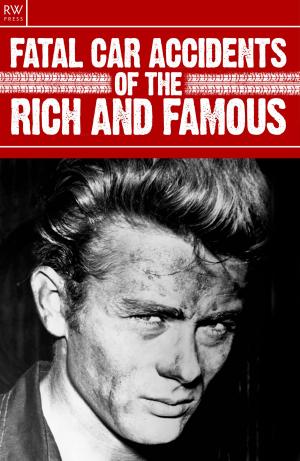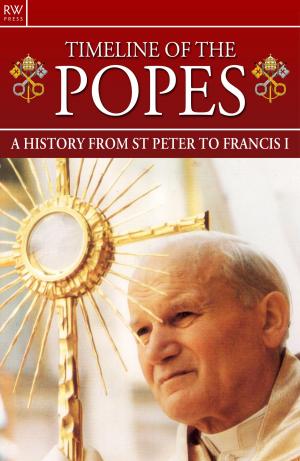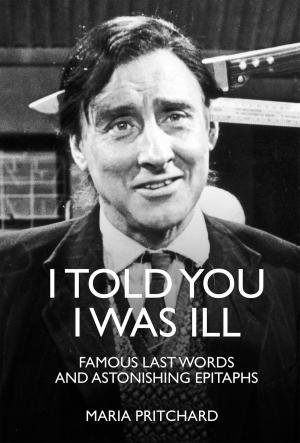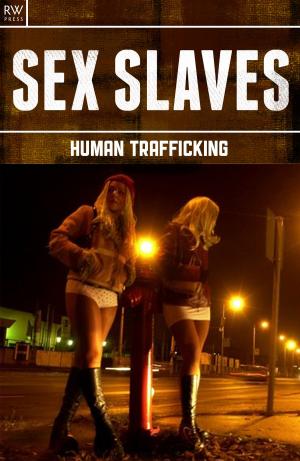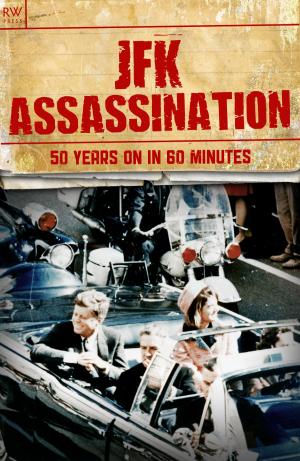Biker Gangs
Hells Angels, Pagans, Outlaws, Bandidos, Bosozoku and Other World Gangs
Nonfiction, Social & Cultural Studies, True Crime, Social Science, History| Author: | Walter Roberts | ISBN: | 9781909284067 |
| Publisher: | RW Press | Publication: | January 10, 2013 |
| Imprint: | RW Press | Language: | English |
| Author: | Walter Roberts |
| ISBN: | 9781909284067 |
| Publisher: | RW Press |
| Publication: | January 10, 2013 |
| Imprint: | RW Press |
| Language: | English |
Biker Gangs
Hells Angels, Pagans, Outlaws, Bandidos, Bosozoku and Other World Gangs
Contents
Introduction
The Clubs : Hells Angels; Bandidos; Outlaws; Pagans; Bōsōzoku; Other Biker Gangs Around the World; Becoming a One-percenter; Biker Gangs and Organized Crime
Incidents and Individuals : The Hollister Incident; Sonny Barger; Yves ‘Apache’ Trudeau; Altamont; The Milperra ‘Bikie’ Massacre; Great Nordic Biker War; Quebec Biker War; The Killing of Gerry Tobin
**Peggy Maley: ‘What are you rebelling against, Johnny?’
Johnny Strabler (played by Marlon Brando) ‘Whaddaya got?’**From the 1953 outlaw biker film, The Wild One
The phenomenon of outlaw biker gangs has its origins in the United States in the years immediately following the end of World War II, when many young men purchased motorcycles – usually Harley-Davidsons – and took to the open road. They formed clubs and developed their own code of practice based on the celebration of freedom, nonconformity and, in particular, loyalty to the group and its members. These clubs came to be known as ‘outlaws’ because they were not authorized by the American Motorcyclist Association (AMA).
The term ‘outlaw’ has come to mean more than merely lacking sanction by the AMA. Increasingly, biker clubs have become ‘conduits for criminal enterprises’, as the US Department of Justice has termed them, especially elements within the ‘Big Four’ gangs: the Hells Angels, the Pagans, the Outlaws, and the Bandidos. According to the FBI, these clubs are engaged in drug dealing, trafficking stolen goods and extortion. Further problems arise from their wars over territory and control of the illegal drug trade. It is estimated that their combined illegal activity brings in around $1 billion annually.
Biker gangs have spread across the world. The Hells Angels, for instance, have more than a hundred chapters across 29 countries. Biker gangs have been involved in criminal activities and extreme violence in many countries, especially in Canada, Australia and Scandinavia. In Japan, the Bosozoku (‘Violent Running Tribe’) grew in the 1950s out of the ‘Kaminari Zoku’ – ‘Thunder Tribe’. These disaffected young men have formed an alliance with the Japanese criminal organization, the Yakuza, and many of them become Yakuza on reaching the age of 20.
Membership of an outlaw motorcycle gang entitles a biker to wear the precious patch, or insignia, of his club. This sacrosanct piece of cloth is a mark of status, brotherhood and intent. It gives the wearer a sense of belonging and has come to embody a biker’s entire life – his affiliations, his family and his position in the world. In fact, when one club is taken over by another, or an individual changes club, the process is known as ‘patching-over’ – exchanging the patch of one club for another.
Biker Gangs opens the doors on the closed and often violent world of the outlaw motorcyclist. It explains how biker clubs work, describing their initiations, values and activities. It tells the story of each of the major gangs from the Hells Angels to the Pagans, and details the astonishing life of Hells Angels leader, Sonny Barger. The book also examines incidents (and individuals) that have given bikers a bad name – the Great Nordic Biker Wars, a violent three-year struggle between the Hells Angels and the Bandidos that took place in Scandinavia from 1994 to 1997; the Gerry Tobin murder – the murder by Bandidos members of a Hells Angel in Britain; Yves ‘Apache’ Trudeau – mass-murderer and Canadian Hells Angel convicted for the murder of 43 people; Altamont – the murder of Meredith Hunter and the Hollister Incident, the crazy, booze-fuelled weekend in a small Californian town that started the whole thing.
Biker Gangs
Hells Angels, Pagans, Outlaws, Bandidos, Bosozoku and Other World Gangs
Contents
Introduction
The Clubs : Hells Angels; Bandidos; Outlaws; Pagans; Bōsōzoku; Other Biker Gangs Around the World; Becoming a One-percenter; Biker Gangs and Organized Crime
Incidents and Individuals : The Hollister Incident; Sonny Barger; Yves ‘Apache’ Trudeau; Altamont; The Milperra ‘Bikie’ Massacre; Great Nordic Biker War; Quebec Biker War; The Killing of Gerry Tobin
**Peggy Maley: ‘What are you rebelling against, Johnny?’
Johnny Strabler (played by Marlon Brando) ‘Whaddaya got?’**From the 1953 outlaw biker film, The Wild One
The phenomenon of outlaw biker gangs has its origins in the United States in the years immediately following the end of World War II, when many young men purchased motorcycles – usually Harley-Davidsons – and took to the open road. They formed clubs and developed their own code of practice based on the celebration of freedom, nonconformity and, in particular, loyalty to the group and its members. These clubs came to be known as ‘outlaws’ because they were not authorized by the American Motorcyclist Association (AMA).
The term ‘outlaw’ has come to mean more than merely lacking sanction by the AMA. Increasingly, biker clubs have become ‘conduits for criminal enterprises’, as the US Department of Justice has termed them, especially elements within the ‘Big Four’ gangs: the Hells Angels, the Pagans, the Outlaws, and the Bandidos. According to the FBI, these clubs are engaged in drug dealing, trafficking stolen goods and extortion. Further problems arise from their wars over territory and control of the illegal drug trade. It is estimated that their combined illegal activity brings in around $1 billion annually.
Biker gangs have spread across the world. The Hells Angels, for instance, have more than a hundred chapters across 29 countries. Biker gangs have been involved in criminal activities and extreme violence in many countries, especially in Canada, Australia and Scandinavia. In Japan, the Bosozoku (‘Violent Running Tribe’) grew in the 1950s out of the ‘Kaminari Zoku’ – ‘Thunder Tribe’. These disaffected young men have formed an alliance with the Japanese criminal organization, the Yakuza, and many of them become Yakuza on reaching the age of 20.
Membership of an outlaw motorcycle gang entitles a biker to wear the precious patch, or insignia, of his club. This sacrosanct piece of cloth is a mark of status, brotherhood and intent. It gives the wearer a sense of belonging and has come to embody a biker’s entire life – his affiliations, his family and his position in the world. In fact, when one club is taken over by another, or an individual changes club, the process is known as ‘patching-over’ – exchanging the patch of one club for another.
Biker Gangs opens the doors on the closed and often violent world of the outlaw motorcyclist. It explains how biker clubs work, describing their initiations, values and activities. It tells the story of each of the major gangs from the Hells Angels to the Pagans, and details the astonishing life of Hells Angels leader, Sonny Barger. The book also examines incidents (and individuals) that have given bikers a bad name – the Great Nordic Biker Wars, a violent three-year struggle between the Hells Angels and the Bandidos that took place in Scandinavia from 1994 to 1997; the Gerry Tobin murder – the murder by Bandidos members of a Hells Angel in Britain; Yves ‘Apache’ Trudeau – mass-murderer and Canadian Hells Angel convicted for the murder of 43 people; Altamont – the murder of Meredith Hunter and the Hollister Incident, the crazy, booze-fuelled weekend in a small Californian town that started the whole thing.
